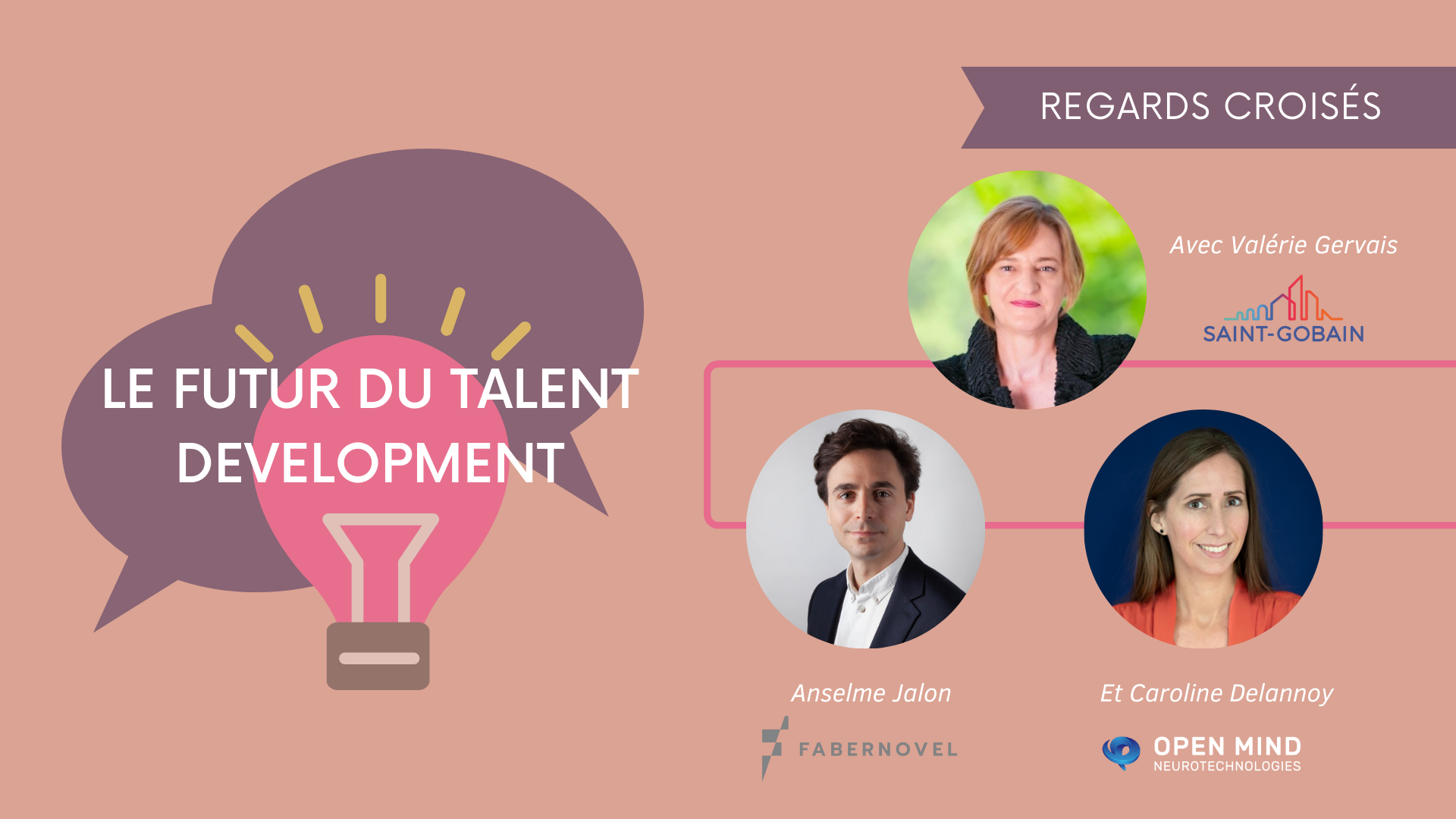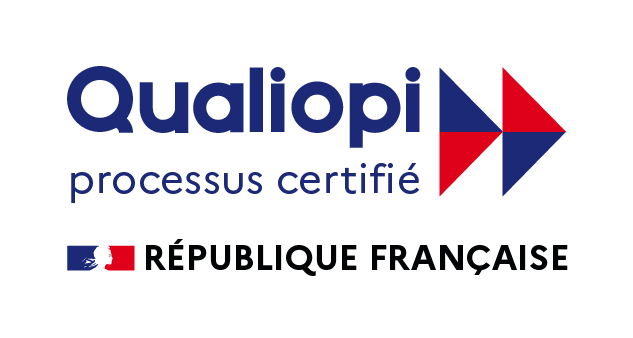The health crisis has had a profound impact on management, which has had to reinvent itself and face up to a new hybrid way of working. What does the leader of the future look like? How will we support talent in 2022? To answer these questions, we have organized a webinar with Valérie Gervais, Vice President Saint-Gobain University ; Anselme JalonPartner & Managing Director at Fabernovel and Caroline Delannoypsychologist, executive and organizational coach, and Head of Coach Community at Open Mind Neurotechnologies. Discover their insights into tomorrow’s talent development.
TOMORROW'S LEADERSHIP
According to Valérie Gervais: “The first thing that needs to be deconstructed is the idea that there is only one type of good leader, with a single competency model. The best leader we can be, we develop first and foremost from who we really are. What’s more, competency models tend to be built around the ‘warrior-hero’ leader of the past. But in today’s fast-paced world, employees have different expectations, and problems are increasingly complex to solve. We’re no longer looking for ‘Trivial Pursuit’ managers, with all the answers.
What I’m trying to do at Saint-Gobain, with our leaders and talents, is to reinvent leadership and invite them to ‘dance’ between several postures and attitudes. Between strength and benevolence, for example. Between knowing how to challenge and knowing how to reassure. Or between providing clarity and vision, but also listening and empowering. The secret of a good leader is to be in the right posture at the right time.”
Anselme Jalon adds: “The myth of the single leader is no longer relevant. What’s more, the notion of leadership only makes sense if we can first analyze and understand the corporate culture. To do this, we work a lot on the beliefs that hinder change and the emergence of new types of leaders within the company.
One of the key leadership skills whose importance has been reinforced by the health crisis is adaptability, and the ability of leaders to manage change and uncertainty, as well as individual situations that are highly heterogeneous.”
For Caroline Delannoy: “From a neuroscientific point of view, leadership is the ability to be oneself and to give one’s best to the reality around us, in a constructive way with others. There are as many types of leadership as there are people. A person’s ability to be in touch with themselves and what they feel – what we call interoception – as well as their ability to welcome their emotions, are key foundations for developing leadership.
On the other hand, there can be no performance without psychological security. You need to have built up a good understanding of yourself and your limits. In this respect, companies have every interest in giving employees the opportunity to better understand who they are, how they function and their levers for dealing with uncertainty and being more agile.”
GUIDING TALENT TOWARDS THE LEADERSHIP OF TOMORROW
Valérie Gervais shares: “I think we need to put in place things that touch talent, at the level of the head, to give them new ideas, but above all at the level of the heart and guts. What we try to do in our talent development programs is to explore the dark side of the moon. Because who we think we are is only the light side. You have a certain idea and you want to be a certain type of leader. But there’s a whole potential in us that lies on the dark side and that it’s interesting to explore. We do this, for example, by analyzing archetypes such as theater characters and music groups. We also encourage role-playing, to give our managers the opportunity to experience and get to know themselves better.
Caroline Delannoy points out: “This is where neuroscientific tools come in handy, because they help us to factualize the skills we have. Skills such as creativity, resilience and perspective-taking can be learned and practiced. It’s not something innate, a talent that you either have or you don’t.
These tools also enable us to measure what happens in the body when faced with a situation. And this triggers awareness, which helps us to improve our interactions with others. There’s plenty of room for development – one study showed that only 10% of leaders know themselves.
Anselme Jalon asserts: “Leaders need to be put in a position to experiment with new skills. However, I think there is often a lack of reflection on learning itself. We need to challenge the notion of learning !
For many people, learning means being in a room with a trainer delivering a top-down message. However, skills such as managing stress or uncertainty cannot be transmitted top-down; they require experimentation, even if this is sometimes uncomfortable for participants. We absolutely must become more agile and adopt new learning methods.
Want to know more about the future of talent development? Discover more insights in the replay of our webinar.

